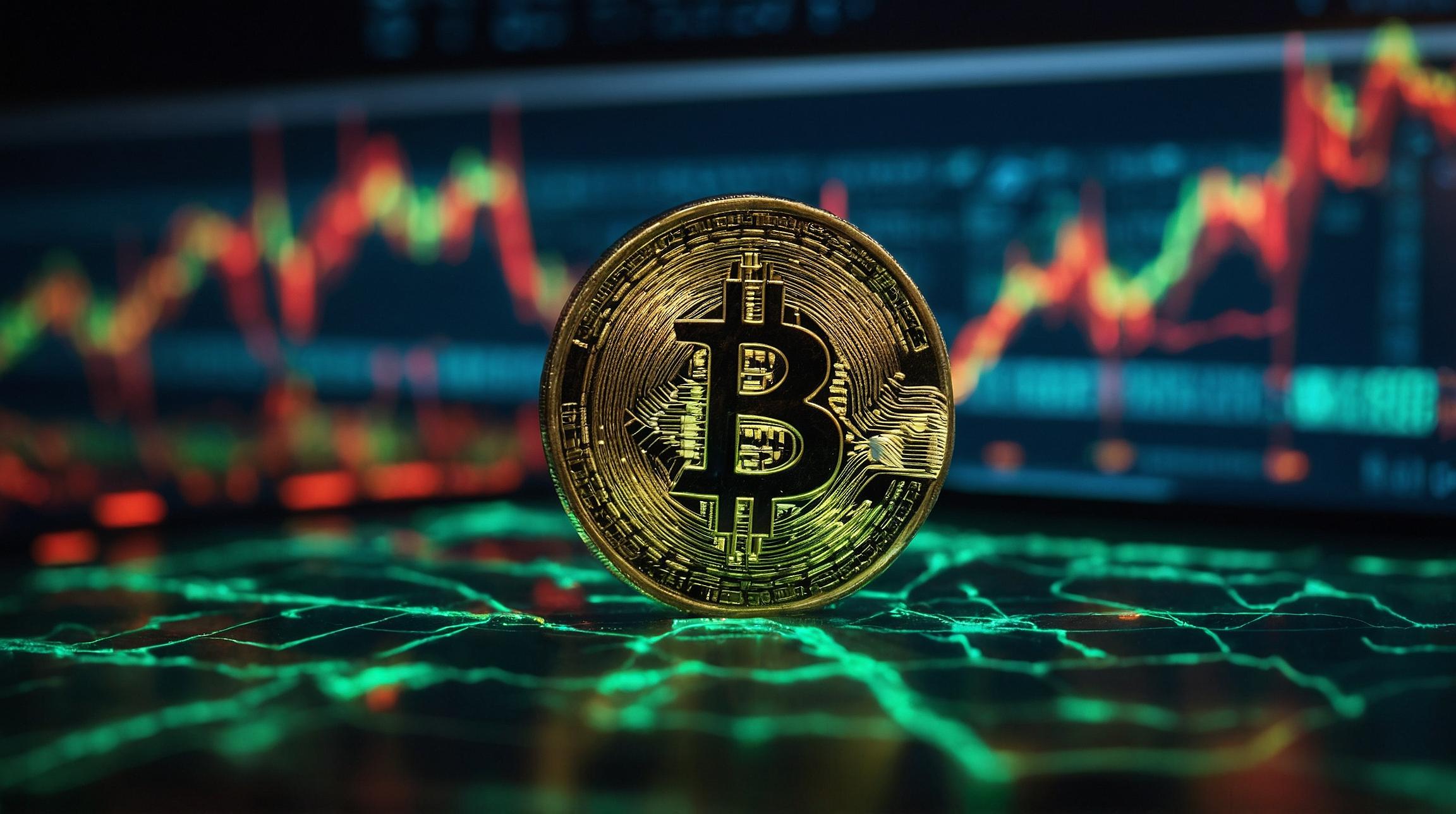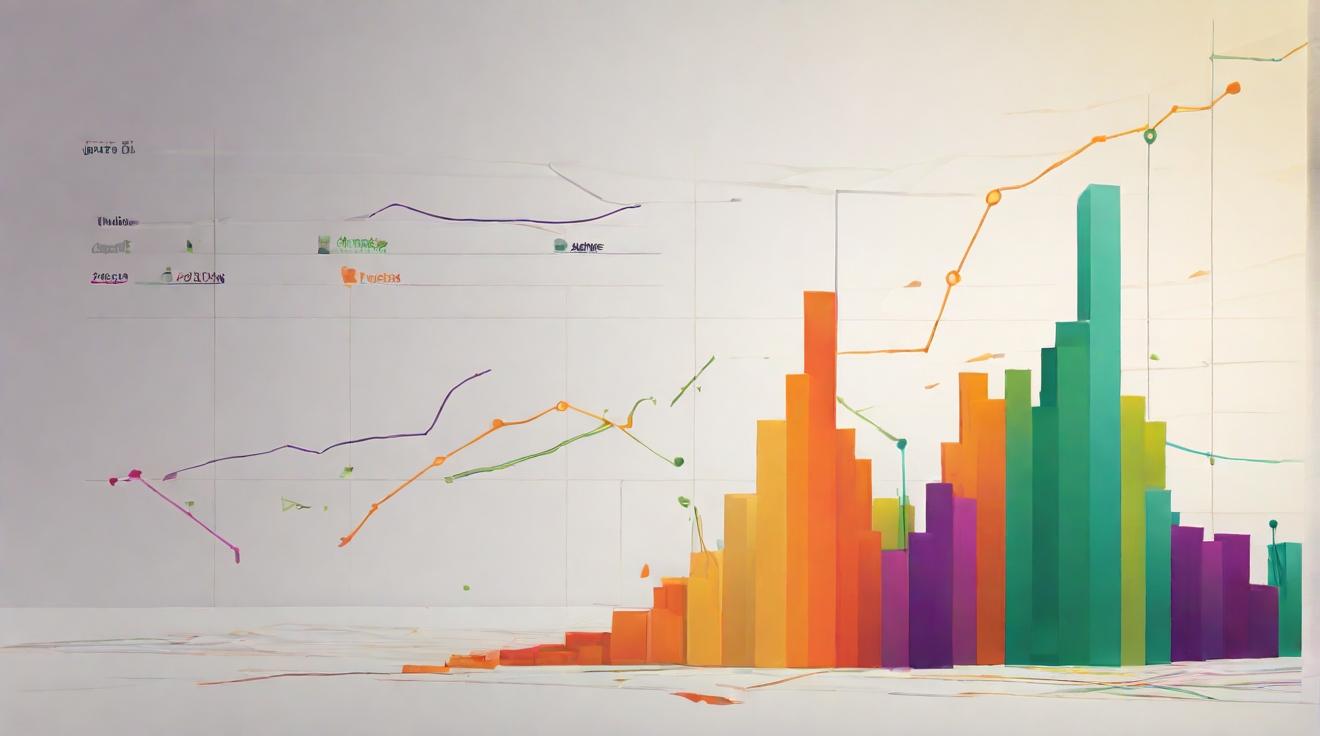Bitcoin Price Trends with Inflation and Economic Indicators in Focus
Bitcoin's price slipped below $59,000 on Tuesday, continuing its recent trend of underperformance as risk sentiment remains tepid ahead of key U.S. economic data releases. Cryptocurrency markets are closely watching these indicators for inflation cues that might impact the Federal Reserve's interest rate policies.
Musk-Trump Dialogue Lacks Crypto Discussion
In a much-anticipated discussion between Tesla CEO Elon Musk and former president Donald Trump, the topic of cryptocurrency regulations was notably absent. This omission disappointed some investors who were hoping for renewed political support for cryptocurrencies. While Trump has shown support for the industry in the past, his avoidance of the topic during mainstream discussions continues, reinforcing market caution.
Limited Institutional Demand for Bitcoin, Increase in Ether Inflows
Coinshares data revealed on Monday that while Ether investment products saw substantial inflows, Bitcoin experienced relatively meager institutional interest. Despite a general market dip attracting some bargain buying, Bitcoin inflows were limited to $13 million compared to Ether's $155 million, highlighting diverging investor interest. Bitcoin remains in a price range between $50,000 and $60,000, struggling to break past resistance levels.
Analysts Forecast a Downtrend for Bitcoin
Analysts from FxPro predict that Bitcoin may face further downward pressure, potentially dropping by $5,000 from its current price. This bearish outlook is based on technical indicators such as the death cross, where the 50-day simple moving average crosses below the 200-day SMA, signaling a potential downtrend. The Relative Strength Index (RSI) has also moved out of oversold territory, reducing the probability of a near-term rebound.
Cryptocurrency Market Remains Cautious Amid Inflation Data
The broader cryptocurrency market mirrored Bitcoin's lackluster performance, with Ether slipping slightly and other altcoins remaining stable. Investors are cautious, waiting for the U.S. inflation data set to be released, which could provide further insights into the Federal Reserve's interest rate strategy.













